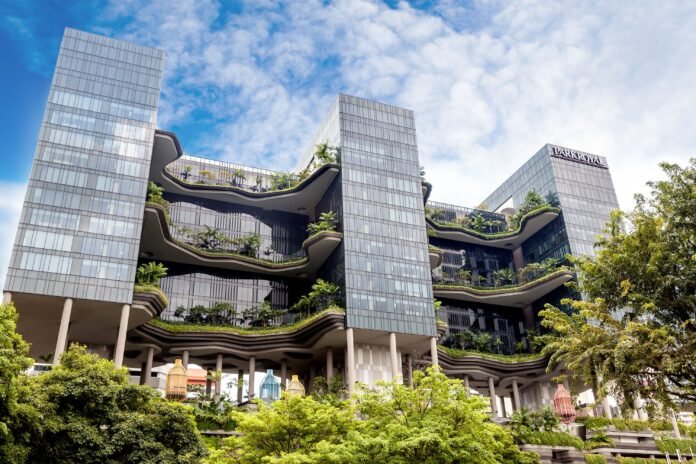Creating sustainable spaces is not just a trend; it’s a necessity in today’s world. As awareness of environmental issues grows, so does the importance of incorporating green building solutions into our living and working environments. In this article, we will delve into the significance of sustainable spaces and explore innovative green building solutions that promote health, well-being, and environmental stewardship.
The Importance of Sustainable Spaces

Sustainable spaces prioritize the health and comfort of occupants while minimizing negative impacts on the environment. By integrating energy-efficient design, eco-friendly materials, and sustainable practices, these spaces offer numerous benefits:
- Enhanced indoor air quality
- Reduced energy consumption
- Lower operating costs
- Minimal environmental footprint
- Improved occupant health and productivity
Key Components of Green Building Solutions
1. Energy Efficiency
Energy-efficient design focuses on reducing energy consumption and reliance on non-renewable resources. Strategies such as proper insulation, efficient HVAC systems, and passive solar design can significantly lower energy bills while minimizing carbon emissions.
2. Sustainable Materials
Choosing eco-friendly building materials is essential for sustainable construction. Look for options like recycled steel, reclaimed wood, bamboo flooring, and low-VOC paints to minimize environmental impact and promote healthier indoor air quality.
3. Water Conservation
Water scarcity is a growing concern, making water conservation a critical aspect of green building solutions. Implement water-saving fixtures, rainwater harvesting systems, and drought-tolerant landscaping to reduce water consumption and preserve this precious resource.
4. Indoor Environmental Quality
Indoor environmental quality encompasses factors such as air quality, thermal comfort, and lighting. Incorporating proper ventilation, natural daylighting, and non-toxic materials creates a healthier and more comfortable indoor environment for occupants.
Innovative Green Building Technologies
1. Passive House Design
Passive house design principles focus on creating buildings that require minimal energy for heating and cooling. By maximizing insulation, eliminating thermal bridging, and optimizing solar gain, passive houses achieve exceptional energy efficiency and occupant comfort.
2. Green Roof Systems
Green roof systems involve planting vegetation on building rooftops to provide insulation, reduce stormwater runoff, and improve air quality. Green roofs not only enhance the aesthetic appeal of buildings but also contribute to urban biodiversity and mitigate the urban heat island effect.
3. Smart Building Automation
Smart building automation utilizes sensors and control systems to optimize energy use, occupant comfort, and operational efficiency. By monitoring and adjusting lighting, HVAC, and other building systems in real-time, smart buildings minimize waste and maximize performance.
Conclusion
As our understanding of environmental issues deepens, the demand for sustainable spaces continues to rise. By embracing green building solutions and innovative technologies, we can create healthier, more efficient, and environmentally responsible spaces that benefit both people and the planet. Let’s work together to build a sustainable future, one green space at a time.














